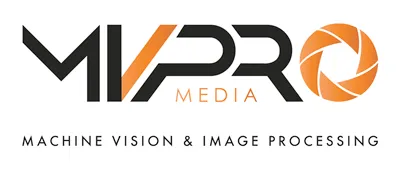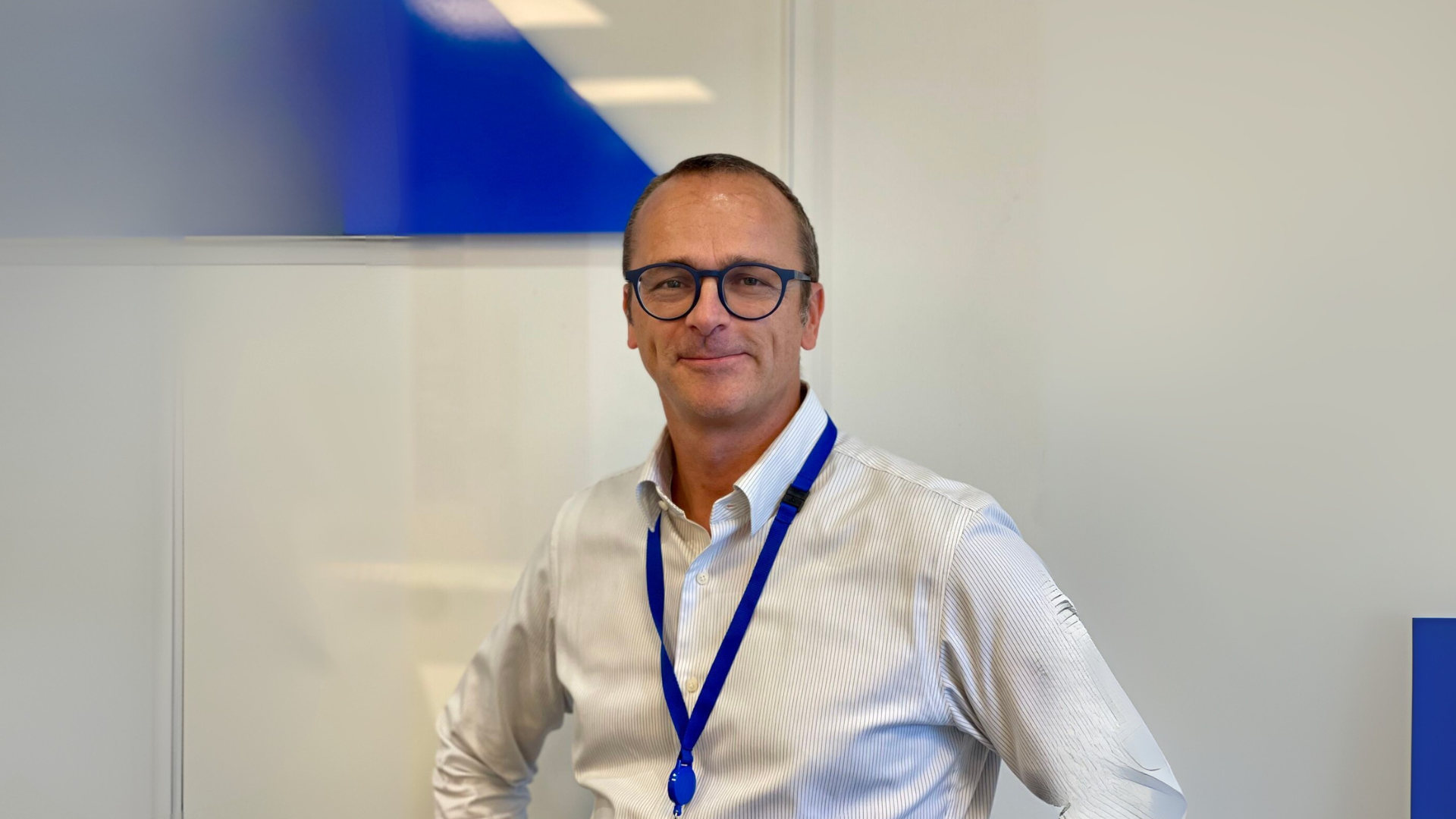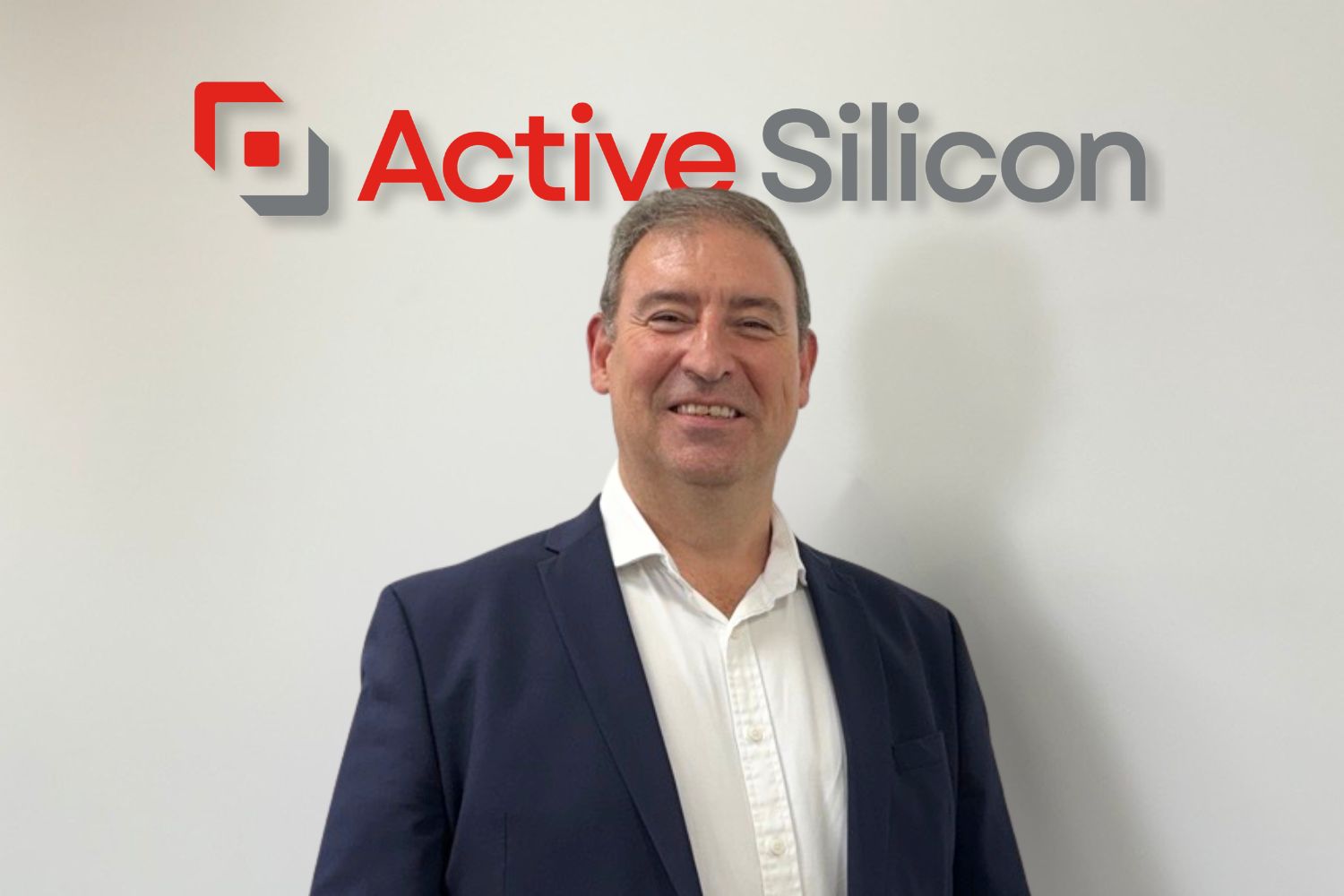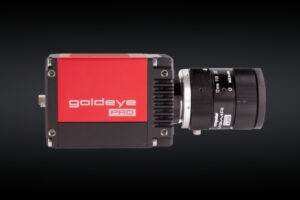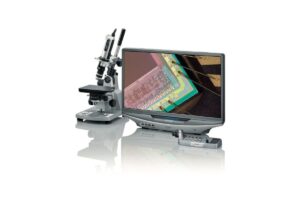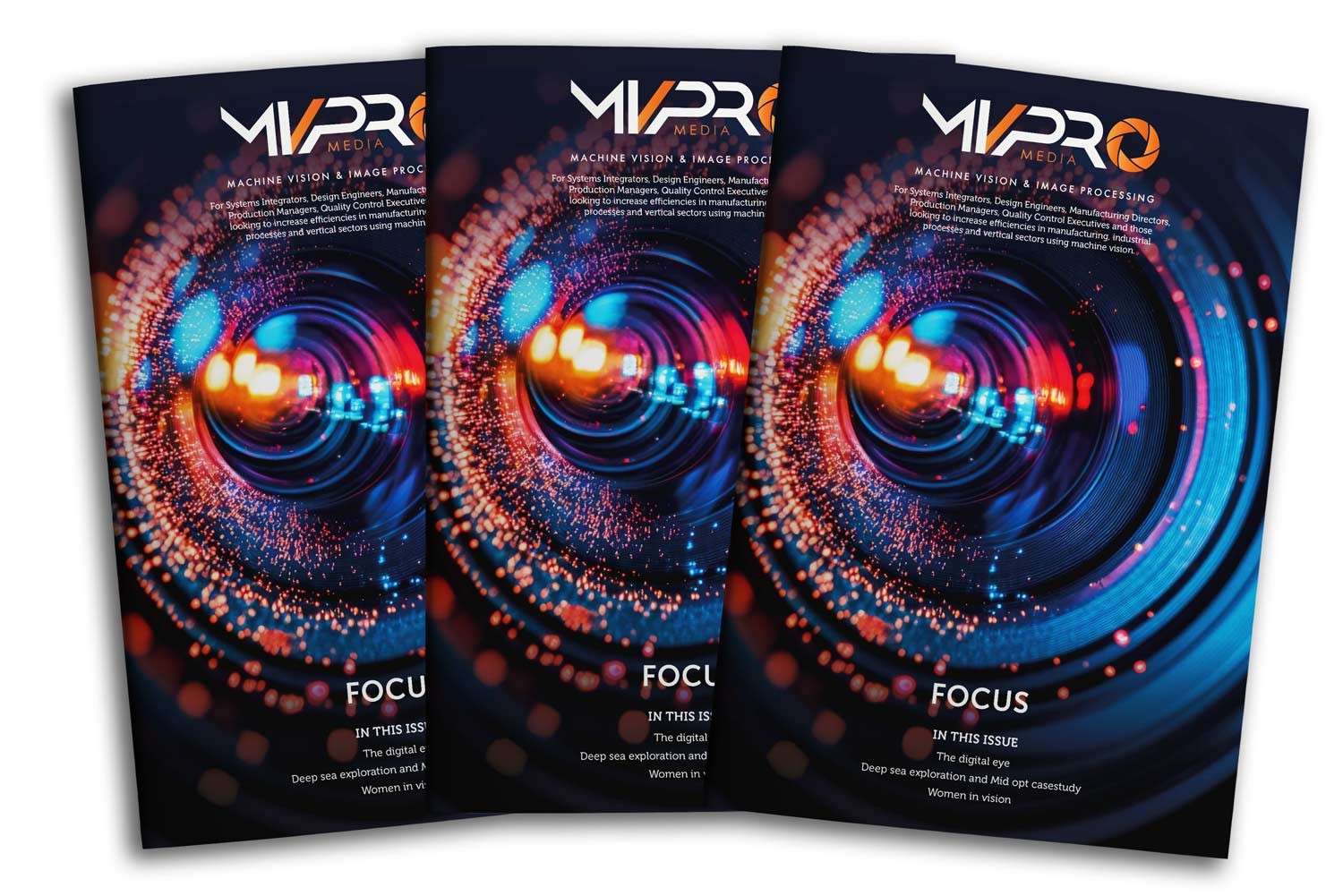Following the interview with FRAMOS’ Technical Imaging Specialist Okan Ülgen, we caught up with Ülgen again to discuss the ever-changing industry. He explains the supply chain challenges and ways they can be avoided and discusses how sensor technology has evolved.
Zala: The events of the past couple of years have really led people to take a hard look at their supply chain. What are some supply chain challenges that might affect a vision project?
Okan: Supply chain issues can have a significant impact on the success of a vision project, and as a technical imaging expert, I can tell you that producing high-volume lenses requires complex testing mechanisms to ensure quality consistency. Any unplanned production yield issues can cause delays and put the entire project at risk.
Transporting optical components is also difficult and requires special packaging and shipping methods to deliver everything on time and without damage.
Manufacturing and shipping disruptions can lead to significant delays and difficulties, and it is possible that lens materials fluctuate in price and availability. This might increase production costs and delays, but open communication helps resolve supply chain issues and ensures that project timelines and deliverables are met.
Zala: How can supply chain problems be avoided?
Okan: A smooth supply chain is essential for delivering high-quality products to our customers. FRAMOS values supplier relationships, timely communication, and collaboration. We collaborate with a diverse set of suppliers so that we offer a large portfolio of optics. Our team communicates with the suppliers on a regular basis to stay up to date on their latest product offerings and any potential issues that may arise.
In addition, when needed, our suppliers offer RMA support and additional technical documentation. A structured process and open communication can help us avoid supply chain issues and deliver the best products to our customers.
Zala: What are the challenges your customers see most frequently in terms of price matching?
Okan: We want to make sure that our customers are getting the best value for their money without sacrificing performance or reliability. I understand that customers may have trouble finding vendors who are willing to match the prices of competitors, which can make it hard to maintain a target budget.
As a technical imaging expert, I collaborate with our Sales team to help customers navigate these challenges by providing clear and transparent pricing and technical information. We offer guidance and advice on how to balance cost and quality to achieve the best possible results.
Zala: Sensor technology is constantly evolving, how these changes are affecting lens technology?
Okan: That’s absolutely true. Image sensors are rapidly evolving – particularly with advances in pixel technology that is more effective than ever at light collection, and sensors with sub-micron pixel sizes are already available. While this is great for increasing image resolution, it puts more pressure on lens technology to catch up to cutting-edge image sensors.
The smaller the pixel size, the more critical the lens becomes in order to fully leverage these sensors’ resolution capabilities. As a result, there is a continuous push for lens innovation. From my perspective, this is definitely an exciting time!
Zala: How is FRAMOS keeping up to date with these changes to obtain the intended increase in imaging performance?
Okan: FRAMOS is at the forefront of new imaging technologies, and we always pursue collaborations on innovative imaging solutions for our customers.
Coming from academic background, I am well aware that research and development in optics is costly. This can deter suppliers from investing in new products. Therefore, we use customer feedback to identify research areas precisely and tailor new products to these needs. Our optics experts and engineers keep up with industry trends and explore new materials, methods, and techniques to push imaging limits.
We are able to prototype new products quickly and rigorously evaluate them to meet our high performance standards. We are passionate about imaging, and always thrilled to introduce innovative solutions to the market.
Zala: The Automotive sector is one important segment of FRAMOS portfolio. Is the selection of lenses any different for automotive applications than for other applications?
Okan: Automotive lenses have to withstand extreme temperatures, vibrations, and magnetic fields. And let’s not forget waterproofing – nobody wants a blurry rearview camera on a rainy day. In the automotive industry, only lenses that have been through extensive testing and certified to meet industry-specific standards, such as IATF16949, can be used.
In addition to reliability, automotive lenses often require unique optical qualities. For surround vision, as an example, you need ultra-wide angle lenses with low distortion and clarity. I am sure automotive lenses will remain in the spotlight as demand for advanced driver assistance systems rises.
Zala: What can you do when selecting a lens to ensure good image quality across the entire field of view for high resolution applications?
Okan: I should start by saying that there’s more to it than just the number of megapixels given on a datasheet. We can’t think about resolution without considering contrast. We expect the lens to give enough contrast to reveal high-frequency details. Some lenses may have good resolution in the center of the image, but their performance can quickly degrade on the corners due to spherical aberrations and dispersion.
That is where the artistry of optical design, manufacturing, and testing comes into play. For high-resolution imaging, our team collaborates with lens manufacturers to arrive at custom design solutions that incorporate additional aberration correction elements or aspherical lenses to minimize these effects. We aim for the highest resolution possible while balancing cost and quality.
Zala: Which segment of Optics interests you the most, and what motivates you the most in your work?
Okan: I am constantly drawn to the intricate details of optical design and image analysis as a technical imaging expert with a passion for optics. Using careful engineering and design to improve and customize optics never fails to amaze me. I also find that picturing the end product and its use motivates me greatly at work. I particularly enjoy working on medical imaging applications, having previously worked on the development of endoscopic point-of-care imaging systems. Medical imaging is just one example among others, and it’s a privilege to work at FRAMOS in this exciting and always-changing field.
Zala: Where could someone go to learn more about getting help selecting a lens from your team?
Okan: That’s a good point. You can find out more on the FRAMOS website at framos.com by simply looking for “Optics”.
Zala: Thanks very much for taking the time to talk with me, Okan.
Okan: You too, Zala. It’s a pleasure.
For more information, download the FRAMOS whitepaper ‘How to Choose the Right Lens’ here

Okan Ülgen, Technical Imaging Specialist, FRAMOS
My name is Okan Ülgen, and I’ve been living in Munich, Germany for the past four years. My bachelor’s degree is in Electronics and Electrical Engineering, with a focus on control systems and robotic vision. Building on that foundation, I pursued a master’s degree in Biomedical Engineering with a focus on interventional imaging devices. During that time, I developed a strong interest in optical detectors and imaging systems, which led me to Germany, where I embarked on a Ph.D. program devoted to the development of optical detectors for advanced imaging techniques, such as optoacoustic microscopy and tomography.
I joined Framos as a Technical Imaging Specialist at the end of 2022. In my current role, I am responsible for a variety of responsibilities, ranging from the sourcing and selection of optics to quality control. I am excited to be a part of a team that contributes to innovative solutions in the field.
